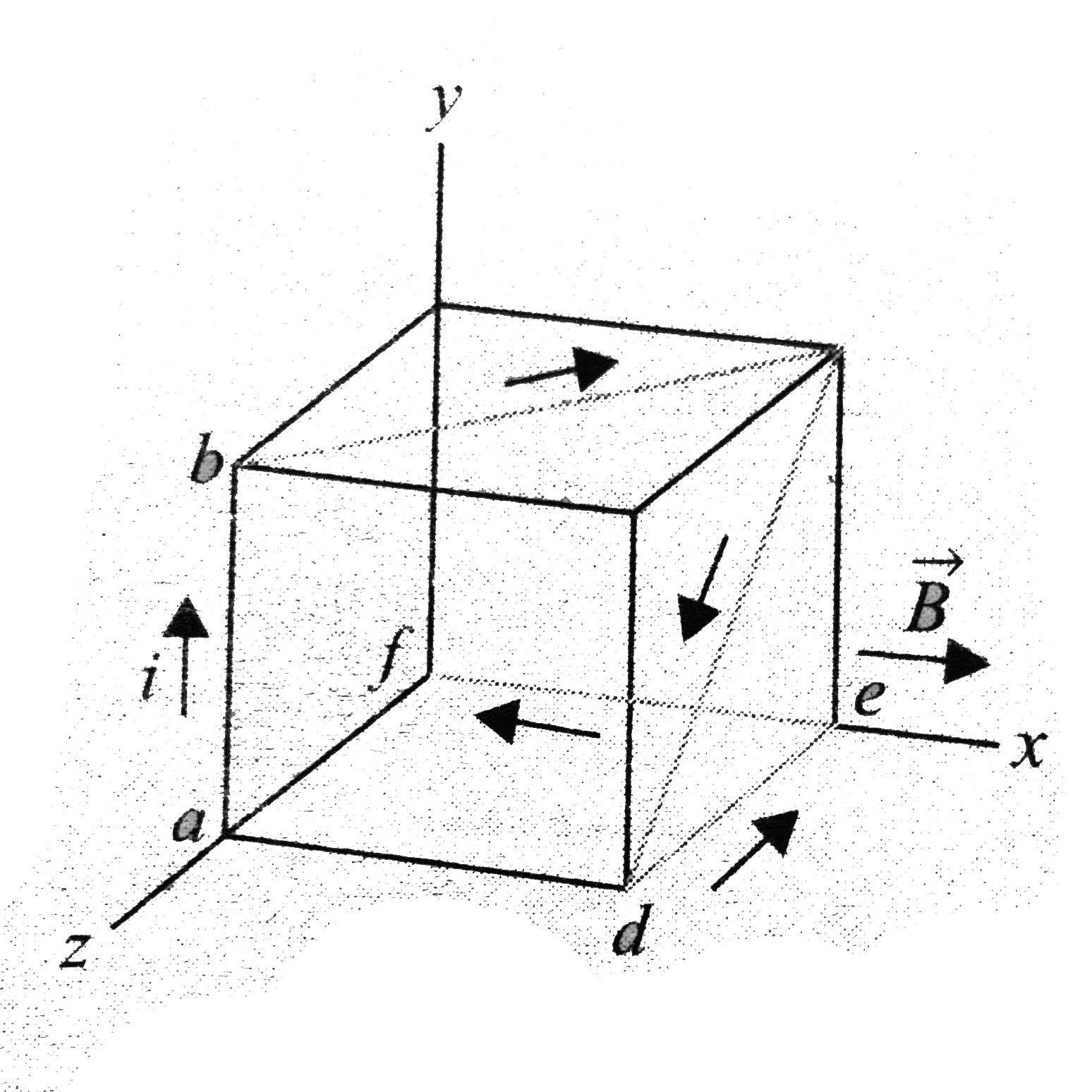Give the magnitude and direction of the net force acting on
a Cork of mass 10 g floating on water
To solve the problem of determining the magnitude and direction of the net force acting on a cork of mass 10 g floating on water, we can follow these steps:
Step 1: Understand the Forces Acting on the Cork
When an object is floating on a fluid, two main forces act on it:
1. The gravitational force (weight) acting downward.
2. The buoyant force acting upward.
Step 2: Calculate the Weight of the Cork
The weight (W) of the cork can be calculated using the formula:
W=m⋅g
Where:
- m=10g=0.01kg (convert grams to kilograms)
- g=9.81m/s2 (acceleration due to gravity)
Calculating the weight:
W=0.01kg⋅9.81m/s2=0.0981N
Step 3: Understand the Buoyant Force
According to Archimedes' principle, the buoyant force (F_b) acting on the cork is equal to the weight of the fluid displaced by the cork. Since the cork is floating, the buoyant force is equal to the weight of the cork.
Thus:
Fb=W=0.0981N
Step 4: Determine the Net Force
The net force (F_net) acting on the cork can be calculated using the equation:
Fnet=Fb−W
Since the cork is floating, the buoyant force is equal to the weight:
Fnet=0.0981N−0.0981N=0N
Step 5: Conclusion
The magnitude of the net force acting on the cork is 0N, and since the net force is zero, there is no direction of the net force.
Final Answer
- Magnitude of the net force: 0N
- Direction of the net force: None (the forces are balanced)
---
When an object is floating on a fluid, two main forces act on it:
1. The gravitational force (weight) acting downward.
2. The buoyant force acting upward.
The weight (W) of the cork can be calculated using the formula:
W=m⋅g
Where:
- m=10g=0.01kg (convert grams to kilograms)
- g=9.81m/s2 (acceleration due to gravity)
W=0.01kg⋅9.81m/s2=0.0981N
According to Archimedes' principle, the buoyant force (F_b) acting on the cork is equal to the weight of the fluid displaced by the cork. Since the cork is floating, the buoyant force is equal to the weight of the cork.
Fb=W=0.0981N
The net force (F_net) acting on the cork can be calculated using the equation:
Fnet=Fb−W
Fnet=0.0981N−0.0981N=0N
The magnitude of the net force acting on the cork is 0N, and since the net force is zero, there is no direction of the net force.
- Magnitude of the net force: 0N
- Direction of the net force: None (the forces are balanced)
Similar Questions
Give the magnitude and direction of the net force acting on
(a) a drop of rain falling down with a constant speed
(b) a cork of mass 10 g floating on water
(c) a kite skillfully held stationary in the sky
(d) a car moving with a constant velocity of 30kh/h on a rough road
(e) a high speed electron in space free from all gravitational objects and free of electric and magnetic fields.View SolutionGive the magnitude and direction of the net force acting on
a drop of rain falling down with a constant speedView Solution
Knowledge Check
- Question 1 - Select One
A helicopter of mass 2000 kg rises with a vertical acceleration of 15ms−2. The total mass of the crew and passengers is 500 kg. Give the magnitude and direction of the (g=10ms−2)
(a) Force on the floor of the helicopter by the crew and passengers.
(b) action of the rotor of the helicopter on the surrounding air.
(c ) force on the helicopter dur to the surrounding air.AI and iiBii and iiiCI and iiiDAll the three
Give the magnitude and direction of the net force acting on
a car moving with a constant velocity of 30km/h on a rough roadView SolutionGive the magnitude and direction of the net force acting on
a high - speed electron in space far from all material objects, and free of electric and magnetic field .View SolutionGive the magnitude and direction of the net force acting on
a kite skillfully held stationary in the skyView SolutionState the magnitude and direction of the force of gravity acting on a body of mass 5 kg. Take g=9.8ms−2
View SolutionThe net force acting is not zero on
View SolutionMass has both magnitude and direction.
View SolutionThe cube as shown in Fig. 1.61, 75.0 cm on a side, is placed in a uniform magnetic field of 0.860 T parallel to the x-axis. The wire abcdef carries a current of 6.58 A in the direction indicated.
(a) Determine the magnitude and direction of the force acting on the segment ab.
(b) Determine the magnitude and direction of the force acting on the sement bc.
(c) Determine the magnitude and direction of the force acting on the segment cd.
(d) Determine the magnitude and direction of the force acting on the segment de.
(e) Determine the magnitude and direction of the force acting on the segment ef.
(f) What are the magnitude and direction of the total force on the wire ?
 View Solution
View Solution
